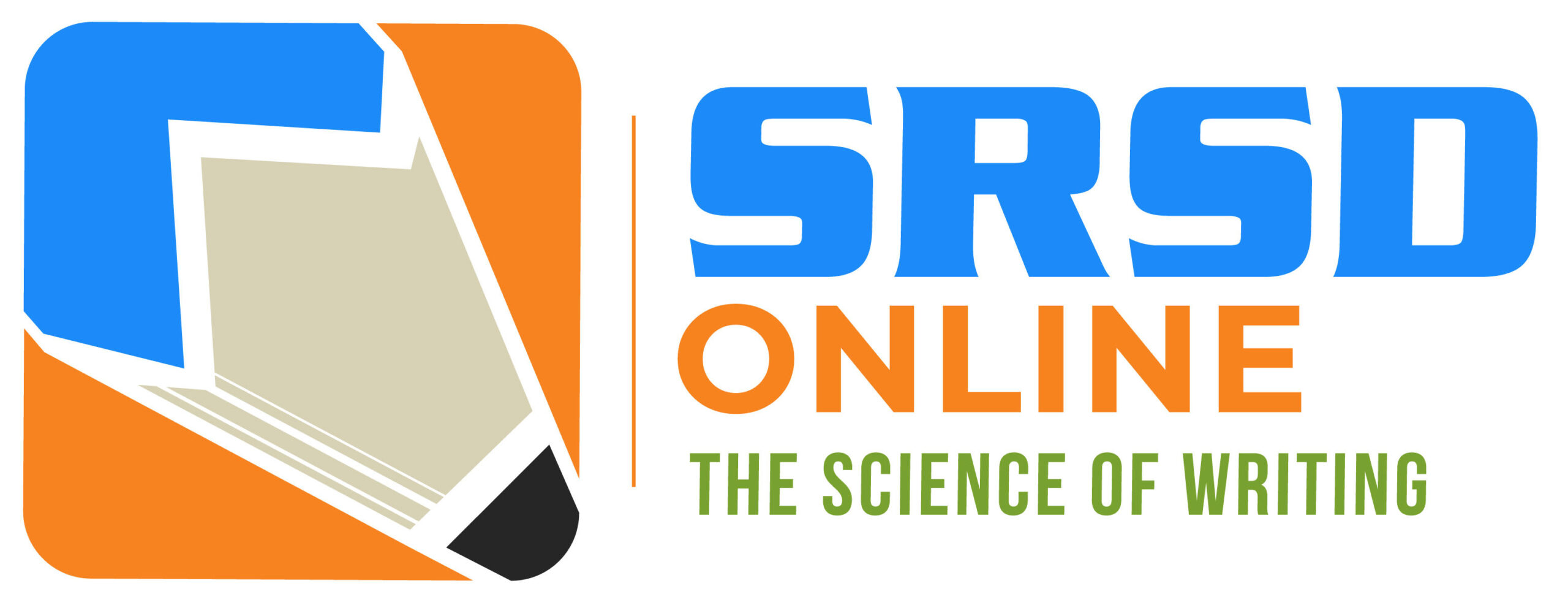Not all teacher modeling is created equal. Most, in fact, is categorized as simply skills-stepping. Self-Regulated Strategy Development for writing (SRSD), with 30 years of researched data, goes beyond traditional skills modeling and delivers proven, unmatched K-12 writing results for all levels of students.
Modeling Self-Talk and Thinking Out Loud
Many teachers use skills modeling. SRSD does that but also adds positive self-statements. SRSD research proves that by modeling positive thoughts during the teaching process (thinking out loud), teachers not only demonstrate how to use the instruction but why the technique/strategy is used. Moreover, S Educational Psychologist and Creator of SRSD Dr. Karen R. Harris has proven that by taking negative situations and turning them into positive opportunities, we teach students how to manage their own behavior while they work. This includes coping with frustration, managing distractions and reinforcing positive actions which results in improved skills, especially in writing.
Modeling Six Types of Self-Instruction
In the 1980’s Dr. Donald Meichenbaum and Dr. Philip Kendall developed the Six Steps to Self-Instruction that have been researched and adapted for SRSD. These include:
- Problem definition
- Focusing attention and planning
- Strategy self-instruction
- Self-evaluation and error correcting
- Coping and self-control
- Self-reinforcement
SRSD Modeling
Modeling Explicit Instruction
Dr. Michael Hebert adds that SRSD Modeling is also effective because the instruction is explicit and visible to the students in every facet of instruction: planning, editing, genres, goal setting, etc. This allows students to become part of the process of deciding what is important and what to do with information discovered in the process.
Metacognitive Aspects of Modeling
Dr. Steve Graham is an SRSD Researcher and advisor to The National Writing Project and What Works Clearinghouse. He says writing is difficult as are the thinking aspects of monitoring, evaluating, revising which are cognitively invisible to students. By bringing those metacognitive aspects to life through SRSD modeling you allow students to see what it looks like to perform the task and how the teacher knew to be successful.
SRSD Modeling Part II


